Aug 5, 2019
10 tips for improving your Google Ads conversion rates right now
By Supermetrics
[ Updated Mar 14, 2023 ]
10-MINUTE READ · By Addison Burke
Marketing is changing. Social media is pay for play. Organic reach is pretty abysmal on just about every platform.
If you’ve been hesitant to commit more resources to PPC, or if your current campaign is floundering, you might not be sure where to turn.
Here is the thing: PPC marketing has a proven track record for success. Google’s data shows that the average advertiser doubles their return.
But a good PPC conversion rate is hard to come by. Just because data shows a decent return doesn’t mean it’s your top performer.
This isn’t an industry where you can slap up an ad and watch the dough roll in. Not anymore.
It often takes months or years of tweaking and testing to achieve a notable PPC conversion rate that really impacts your bottom line.
I’ve spent years in the trenches with clients working to improve their conversions.
Here are ten of my best tips to increase your PPC conversion rate right now.
1. Use headline hacks to boost your CTR
How do you choose a new book to read? The old adage says not to choose a book by its cover, yet we all do.
Why? Because first impressions impact our unconscious mind. If you see a book with a boring cover, you are likely to skip on to the next book.
Headlines are one of the key elements of a PPC ad because they are the first thing users see.
Essentially, your headline serves as your ad’s first impression.
So, how do you ensure your ad makes not only makes a great first impression, but actually encourages clicks?
Here’s how.
Speak their language
Language is more than just a method of communication; the words we choose tell the reader about who we are and sometimes even where we are from.
The words you choose for your headline can even have an impact on the action readers take.
Consider the difference between these two headlines:
Time is running out on your cart! Check out now to enjoy 10% off
Versus:
We Saved Your Cart for You
Both serve as cart reminders, but the first headline creates more urgency and, hopefully, is more likely to encourage action.
Think about the type of language your audience might use and what action you want them to take while writing your headlines.
Grammarly is one of my favorite tools for this. It has a “Goals” feature that helps you adjust your writing to your intent and audience:
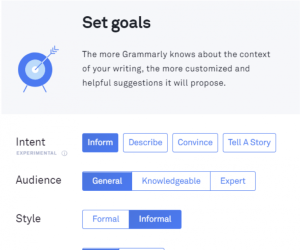
You provide context for your writing, and Grammarly suggests word choices based on your goal, audience, and writing style.
Use a headline analyzer
Writing strong headlines that encourage action is important. And using a headline tool can help you check-off key elements of strong headlines. CoSchecule’s headline analyzer rates headlines based on length, word choice, key terms, how it displays in search results, and several other factors.
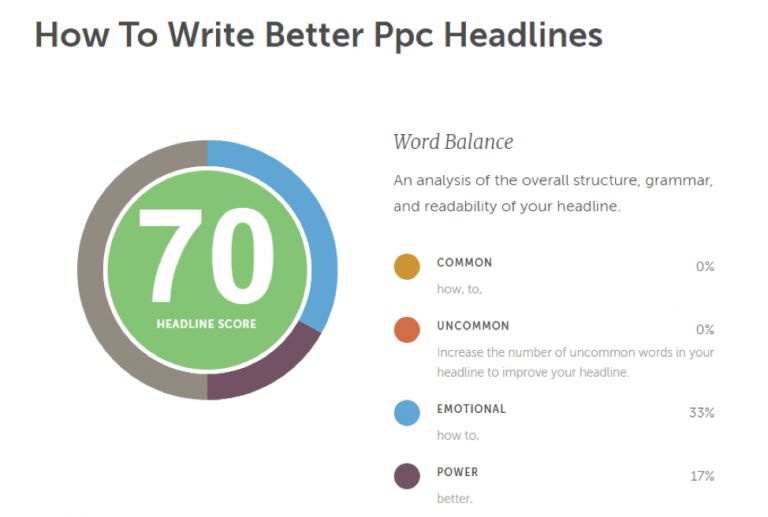
You can use their analysis to rework and retest your headlines, creating more effective headlines for every ad.
Make use of those 90 characters
Google gives you 90 characters for your headlines. If you are not making the most of those characters, you are wasting valuable space.
You are paying for that space, so use it!
Consider the three ads below. The first firm used strong language, a call to action, and made the most of their characters. They included their location, what they do, and what they want the client to do all in one headline.
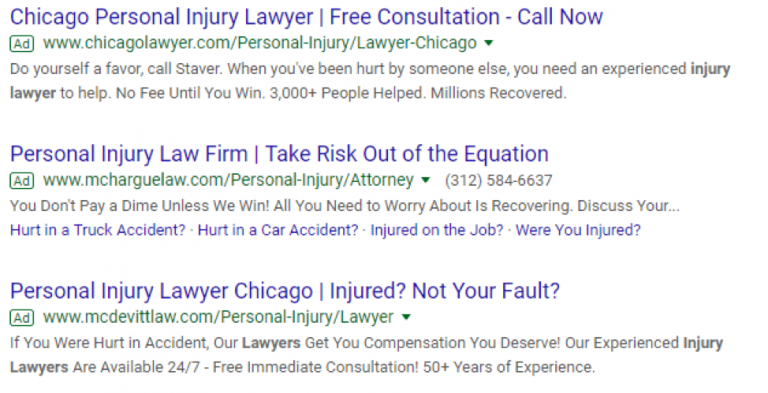
The second ad says nothing about where the firm is located or how they can actually help. The third ad asks a question, which is good. But it doesn’t tell the user what their next action should be.
2. Create custom landing pages for each segment
If you are running ads for multiple segments, you need to signal to your audience that they are in the right place.
Take, for example, this landing page by Housecall Pro, a software service that makes it easier for home services businesses (think plumbers and pest control companies) to book appointments, connect with customers, and automate workflows:
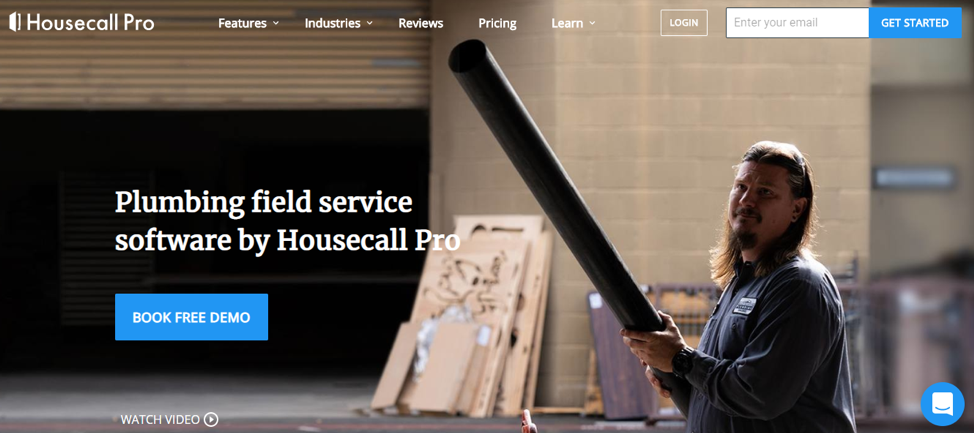
This landing page is designed for plumbers, and the messaging clearly communicates it at each critical junction. The video is a review from a plumbing company owner and the language specifically speaks to plumbers and their unique struggles.
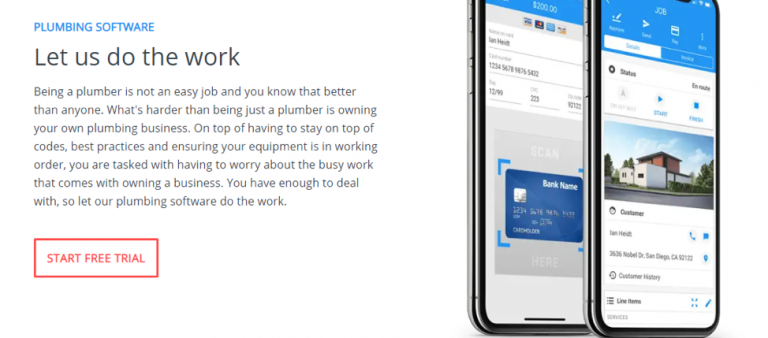
They also have landing pages for other segments, like contractors, garage specialist, house cleaners, and so forth. These targeted landing page increase conversions by making the viewer feel more welcome while also addressing their unique needs.
This is how you drive big conversions on a landing page.
Others have generated 200% increases in conversions when doing this. While that is rare, I’ve seen this type of strategy increase conversion rates by 15-20% on average, essentially overnight, with compounding effects.
But creating custom landing pages for different segments is only half the battle. Next, you’ll need to optimize them for conversions.
3. Optimize your landing pages
You’ve A/B tested your ads, you’ve tried new headlines, different photos, and even totally rewritten ads, yet your conversion rates are still in the ditch. The issue might not be your ads at all — it might be your landing pages.
All the ad clicks in the world won’t help you if your landing page doesn’t close the deal. Here are four quick checks to make sure your landing page is well optimized, as well as a perfect example from Nextiva:
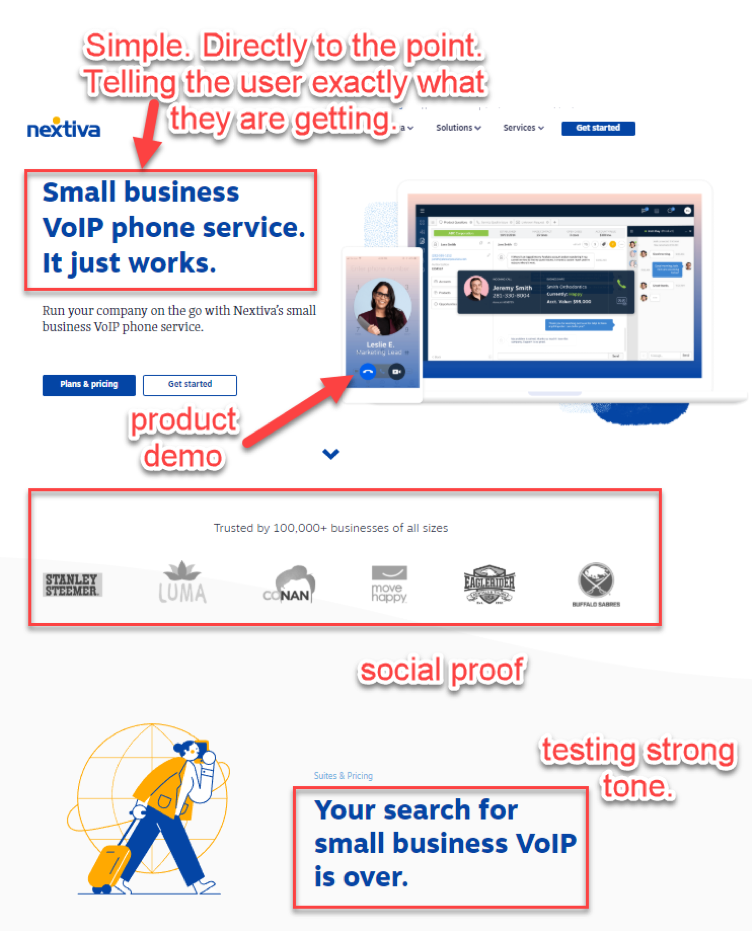
- Make sure your offer is clear and direct. Don’t beat around the bush or be overly clever. Why are they here and what can you do to help?
- Keep it simple by reducing visual clutter and using contrasting colors for your buttons so they stand out.
- Make sure the language on your landing page matches the tone and language of your ad.
- A/B test your landing page to see what headlines, photos, and even copy convert at a higher rate.
4. Use SKAGs to improve your quality score
SKAGs (single keyword groups) are a strategy that allows you to pair single key terms with specific ads, creating extremely targeted PPC campaigns:
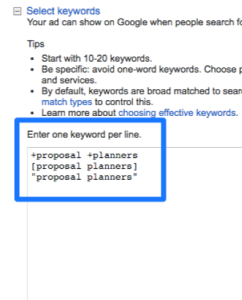
For example, say you sell a range of athletic equipment, including women’s Nike running shoes, men’s Nike running shoes, yoga pants, kettlebells, and pilates DVDs. Using SKAGs means your yoga pants ads would only show up when someone searches yoga pants, not if they search running shoes.
By pairing each key term with a unique ad group, you ensure the words you bid on match the terms you paid for. So, how does this help your PPC conversion rate?
It increases relevancy of your ads, improves quality score, and therefore, return on investment.
If I am looking to buy yoga pants, so I am more likely to click on an ad for, you guessed it, yoga pants!
Increasing relevance also increases your Quality Score, the rating system Google developed. It is calculated based on click-through rate, the relevance of each ad, your landing page, and your overall AdWords performance.

Much like the Google search algorithm, Google does not share the exact method it uses to determine Quality Score. However, it is clear that relevance has a major impact on Quality Score, which, in turn, impacts your cost per click.
5. Run mobile-only ads
These days, it is a mobile world. You can hardly take a step out your front door without seeing dozens of people chatting on their cell phone, scrolling Twitter, responding to emails, or even making purchases.
This technology, which we could hardly imagine a decade ago, has taken over nearly aspect of how we use the internet.
In 2017, mobile usage surpassed desktop for the first time. In 2018, 52.2% of all internet traffic occurred on mobile devices. Compare that with 2009, when less than a percentage of all internet traffic occurred on mobile devices.
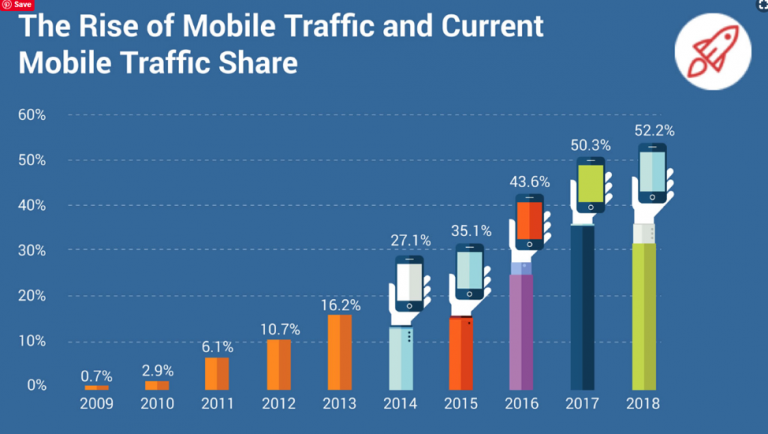
The future is very clearly mobile. In fact, the current standard is mobile, according to data.
But how does mobile usage impact PPC ads?
For starters, people use their mobile devices with different goals in mind. For example, you might search for a recipe in the grocery store aisle or you might sit with your spouse on the couch and search for the perfect new mattress.
With mobile ads, you can choose to target more specific audience and focus on high-intent users. For example, “buy a foam mattress” versus “what is the best foam mattress.”
In addition, people interact with content in a different fashion on the internet. You are less likely to read a 2,000 words white paper on how to create mobile PPC ads on your cell phone, you’d probably wait to read that on a desktop.
By targeting mobile users only, you can create ads that are tailored to how people use the internet on their mobile devices and create content that will appeal to them.
6. Drive traffic to exclusive content
Not all sales funnels look the same. If you are sticking to the standard ad->landing page->purchase funnel, you may be missing out on other types of conversions that could increase brand loyalty and impact sales down the line.
Consumers aren’t always looking to purchase on their first interaction.
To combat this, you could target key terms with lower buyer intent and drive traffic to page with exclusive content in exchange for an email address.
Content like:
- Podcast content
- Ebooks
- Webinars
- Tools
Nearly 67% of all Americans listen to podcasts every month, making them an ideal method to educate customers who are not ready to purchase yet.
Countless eBooks are used on a daily basis, and webinars have exploded in recent years.
Or, if you own a SaaS company, you could drive traffic to a PDF download with tips and tricks to help your target audience perform a specific task. Later, when they need a solution you provide, you will already be on their mind.
The goal here is to create a pool of people who need what you sell, who you can then target down the road.
7. Refine your audience targeting
Your ads are getting clicks, your landing pages seem to be performing well, yet those conversions still aren’t rolling in. You could dig back into split testing headlines, or it may be time to admit you’ve misidentified the problem.
Maybe your campaign is just fine, but you are simply targeting the wrong people.
Say you sell really awesome custom skateboards. Skulls, graffiti tag style painting, the works. They are really popular with the skater crowd, mostly teens and young men ages 16 to 28. Let’s even say you sell thousands of your super awesome skateboards a year.
If you set up to sell your super rad skateboards outside of a knitting convention, you are unlikely to sell a ton of skateboards, right? The issue is not your skateboards or even your marketing strategy — it is your audience.
For example, Codeless was able to generate far higher conversions by refining their audience targeting by starting on Facebook, where CPC is much lower, then moving to Google Ads, where intent (and CPC) is much higher.
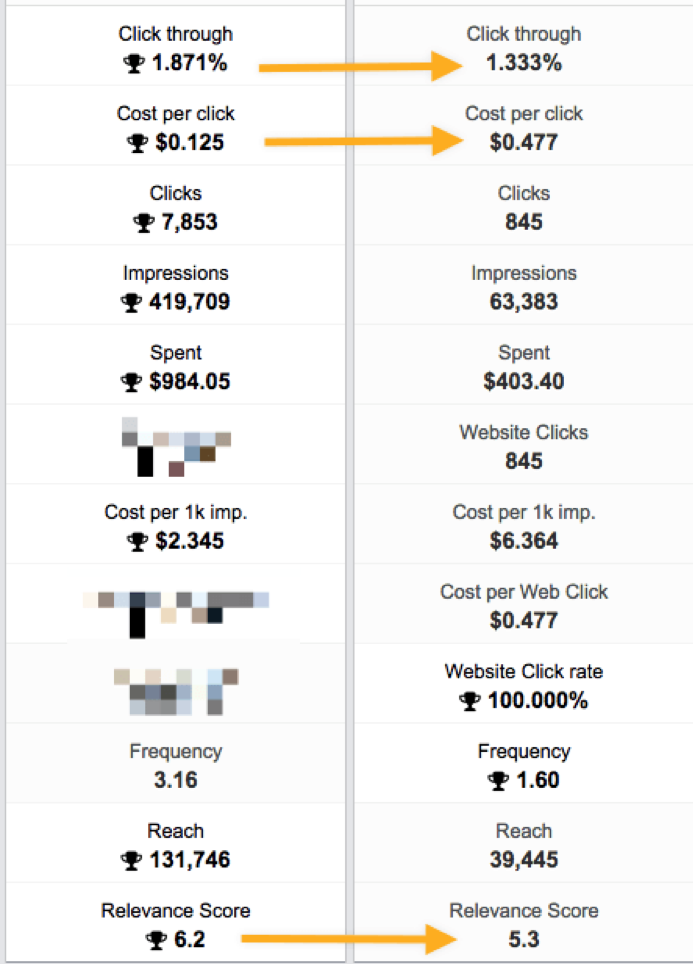
Also consider leveraging Google’s custom affinity audiences, which allows you to target interests and types of places people are interested in, for example, ‘long distance runner’ or ‘sports fans.’
8. Run a lead gen campaign with good lead magnets
Not all conversions are about making that cash money right this instant. Sometimes, your goal is to generate leads you can then nurture to a sale.
What sort of lead magnets are you using to draw in your leads? If you are attracting the wrong types of leads, you are wasting their time and your money.
Instead of just throwing out an ill-researched white paper, consider adding visual content to your lead magnets to create more effective lead magnets.
According to Venngage, people are 85% more likely to buy a product after watching a video and 80% more likely to read content that includes colorful visuals.
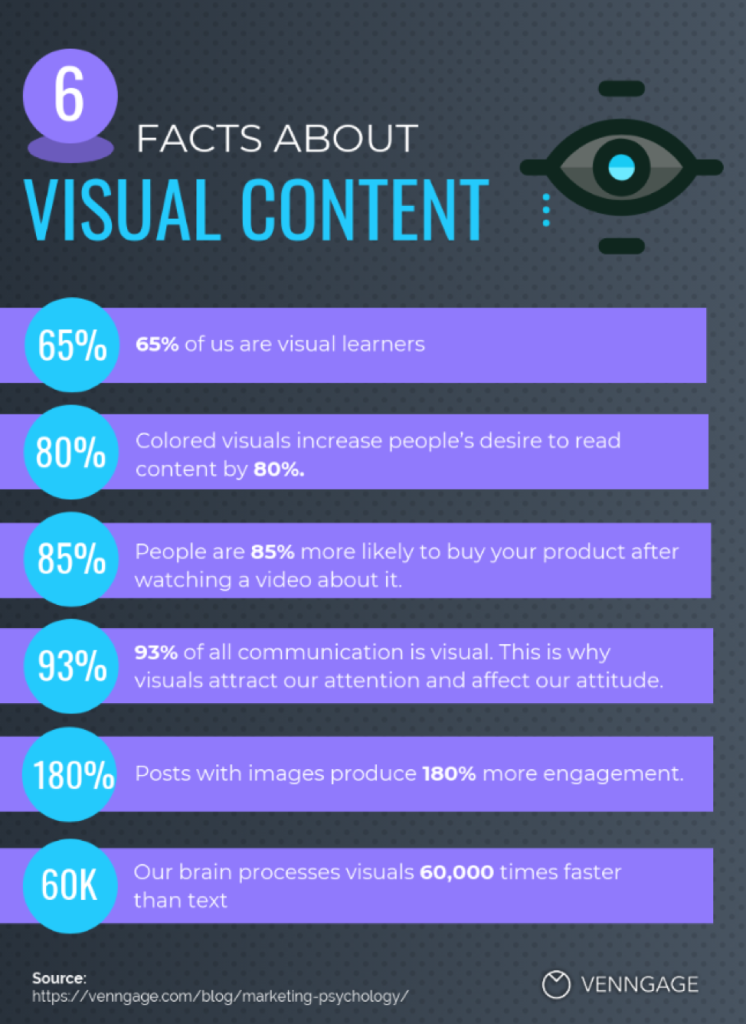
So, how can you add more visuals to your lead magnets?
Infographics, charts, and graphs are always a good bet. Or, you could follow the route FreshDesk did, by creating a resume template to include in their blog about writing a kick-ass customer service resume.
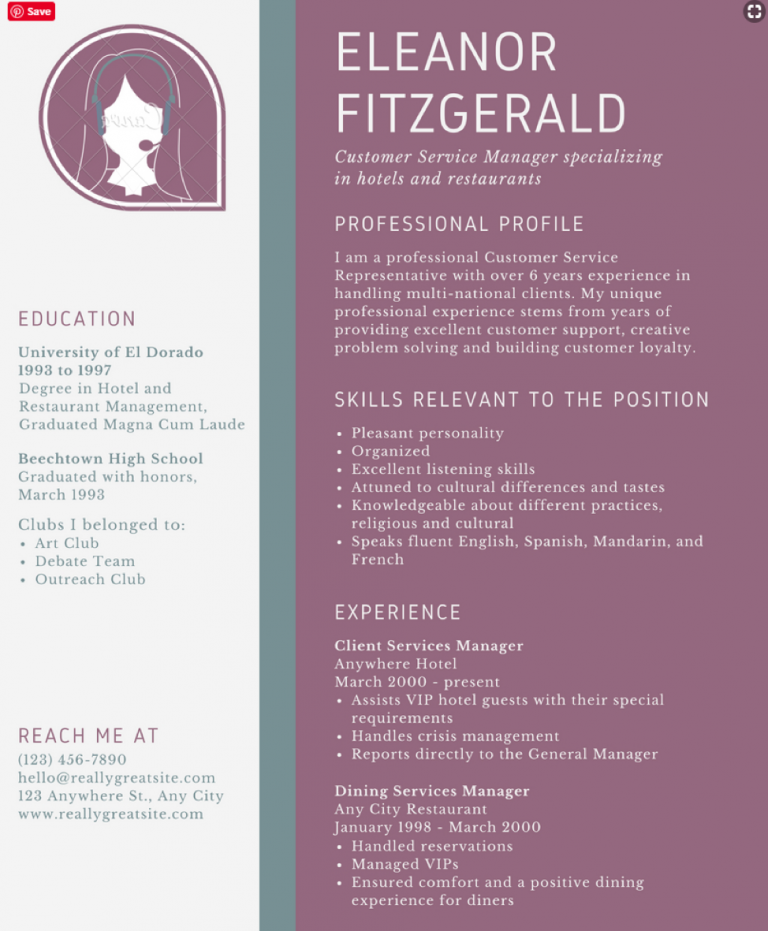
Since their target audience is people who work in customer service, this template is extremely useful. It is visually engaging, making it far more effective than a plain text outline.
Whatever lead magnet you use, make sure it provides value that your potential customers can’t ignore.
9. Use social proof to build trust
Social proof is the idea that our behavior is impacted by the actions and beliefs of other people.
Social proof powers our decisions in the modern world. In fact, displaying reviews can increase conversions by as much as 270%.
Lendio put this strategy to work by including several types of social proof on their landing page.
First, they showcase the big name brands they are associated with in the loan space:
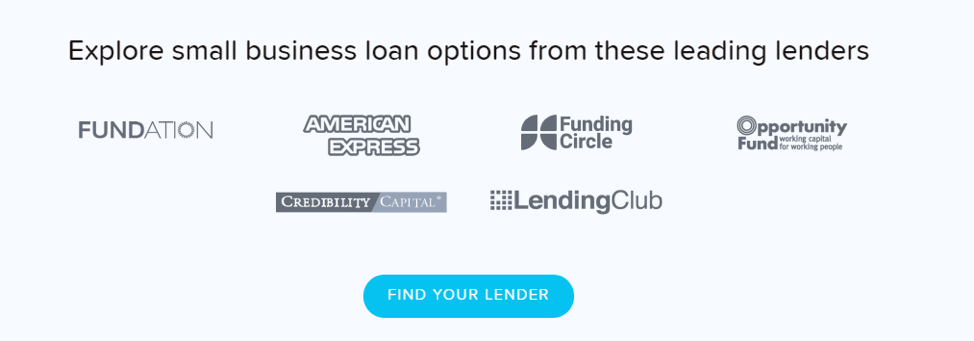
Big brands like Amex and Credibility Capital give them instant social proof.
Those lend credibility, which is critical in the finance industry.
Then, they include a review from a happy customer who explains how the process went and what he liked about working with the brand.

Social proof shows you can be trusted, which can have an incredible impact on conversion rates.
10. Leverage remarketing
If you aren’t using remarketing, then you are truly missing out on one of the most effective tools in PPC today. When conversion rates plummet, it is often due to targeting too wide of an audience.
Remarketing, on the other hand, targets people who have expressed interest in your brand in some way. They have either clicked on an ad, visited your website, or even abandoned their shopping cart.
With remarketing, you can draw those customers back in and convert them using remarketing through Google.
For example, Mazda ran a retargeting ad aimed at encouraging people to test drive Mazdas. They built custom geographic ads with dynamic insertions (using the type of Mazda the customer had expressed interest in) to retarget customers.
The results? Retargeted customers converted at a 53% higher rate and spent 98% more.
In an industry like auto, where CPC rates are incredibly high, that level of improvement can create a massive increase in revenue.
Remarketing, particularly when paired with careful targeting, can be incredibly effective at giving customers that little something extra they need to convert.
Final thoughts
Increasing PPC conversion rates are a bit of art and a bit of science. Sure, you need to test and you need to track what works and what doesn’t. Reports and analytics will always be a part of PPC.
But the truth is, not the same strategy will work for every company, even for companies in the same niche. You need to be willing to be a little creative, to think outside the box. Don’t be afraid to test a strategy because you think it won’t work.
And, above all, focus on smoothing friction in the conversion process.
Don’t make it difficult for customers convert. Reduce form fields, streamline the process, and offer a wide range of payment options such as Amazon or Apple Pay. These changes will reduce stumbling blocks and increase your conversion rates.
About Addison Burke
Addison Burke is a freelance writer that teaches businesses how to grow through better digital marketing. Connect with her on Linkedin.
Turn your marketing data into opportunity
We streamline your marketing data so you can focus on the insights.